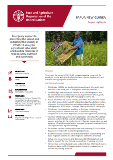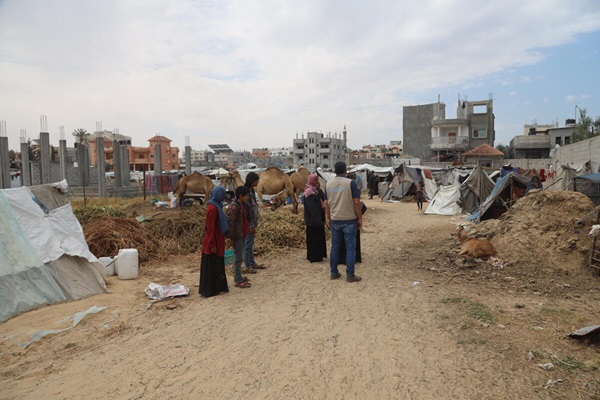Asia and the Pacific

Asia and the Pacific are highly exposed to climate-induced disasters and weather extremes, as well as transboundary plant pests and animal diseases. Compounding the situation are conflicts, economic crises, and the impacts of the COVID-19 pandemic and of the war in Ukraine. These factors are aggravating agricultural production and food insecurity in countries across the region. In particular, Afghanistan and Pakistan are among the top ten countries with the highest number of people in Crisis or worse levels of food insecurity in the world.
News

News
Carpe data, carpe DIEM
03/05/2024
How FAO's state-of-the-art data platform is speeding up emergency relief operations in Afghanistan and beyond
m.tmb-th600x400.jpg?Culture=en&sfvrsn=2cc92248_1)
News
Afghanistan: the food security situation is improving, but the crisis is far from over
18/03/2024
Interview with Alexander Jones, Director of the FAO’s Resource Mobilization Division, on his recent field visit to Afghanistan to see how FAO is...
Publications

Publications
Afghanistan: DIEM – Data in Emergencies Monitoring brief, round 7
01/2024
This Data in Emergencies Monitoring (DIEM-Monitoring) brief shares the results of a seventh-round assessment conducted in September and October 2023...

Publications
Papua New Guinea: Project Highlights – OSRO/TON/200/BEL
12/2023
The Government of Japan contributed USD 1 818 181 to improve the livelihoods and food security of 114 933 households (804 531 people) in Papua New Guinea.

Publications
Nepal: Belgium's contribution through the Special Fund for Emergency and Rehabilitation Activities (SFERA)
12/2023
On 3 November 2023, a 6.4 magnitude earthquake struck Nepal, resulting in the loss of lives and property and causing extensive damage to the agriculture...
Multimedia
Video
Afghanistan Rural Insight
18/02/2024
Discover Afghanistan's rural views in this engaging video, which showcases farmers' different perspectives.
Video
Anticipatory Action in Timor-Leste: Bracing for Drought
12/12/2023
As Timor-Leste shows signs of drought linked to El Niño, fears of food shortages are growing.


